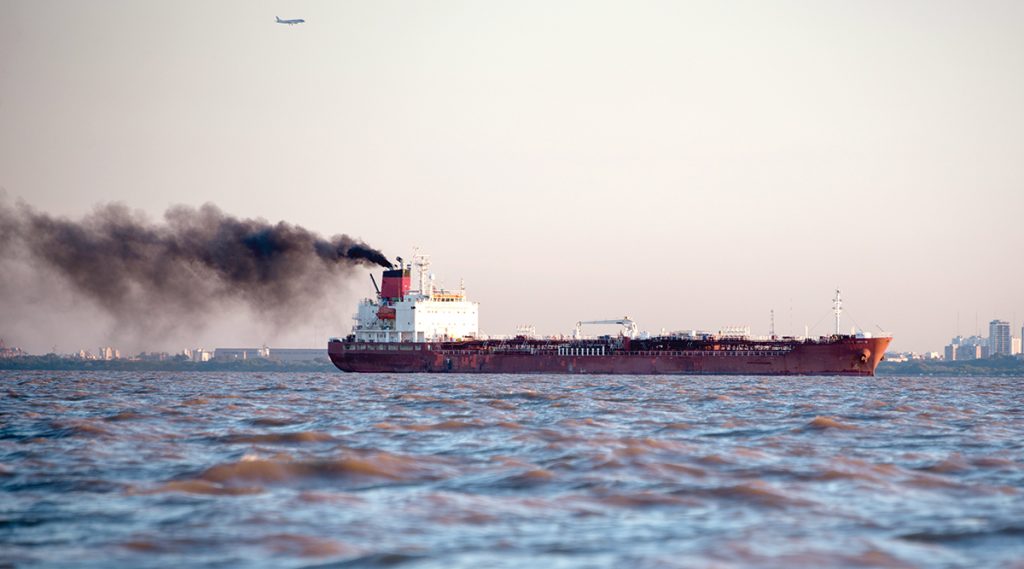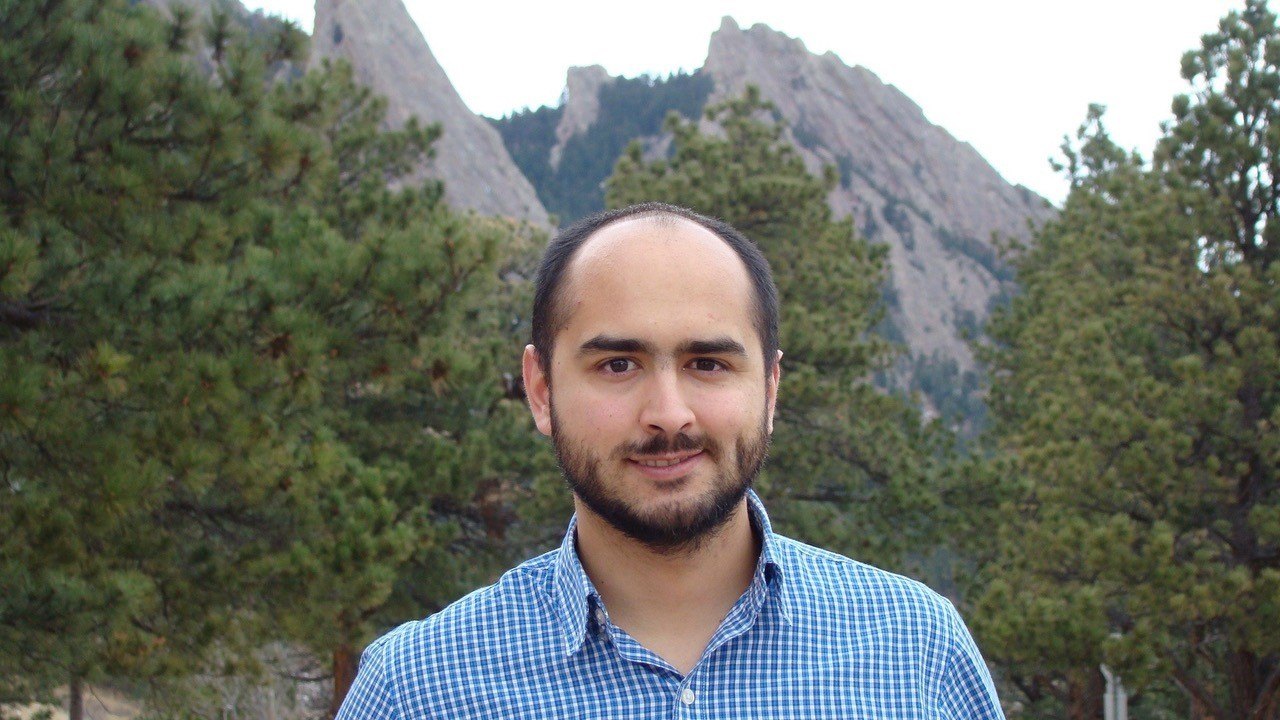
Assessment of remote airborne monitoring to control sulfur emissions from ocean-going vessels
The transportation industry depends heavily on petroleum fuels. While stringent legislation and alternative energy sources are slowly driving a departure from oil usage on land, ocean-going vessels (OGVs), or ships,…
The transportation industry depends heavily on petroleum fuels. While stringent legislation and alternative energy sources are slowly driving a departure from oil usage on land, ocean-going vessels (OGVs), or ships, remain heavily dependent on petroleum derived products. Unfortunately, the continued reliance on fossil fuels has human health consequences. Exposure to sulfur-rich emissions from oil combustion correlates with long-lasting and severe health issues including asthma, pulmonary disease, lung cancer, and even death. Portside communities such as San Pedro and Wilmington in southern Los Angeles County, which are heavily populated by lower income and ethnic minority groups, are disproportionately impacted by pollution from OGVs in the Ports of Long Beach and Los Angeles, the busiest port complex in the country.
Current legislation under the California Sulfur Rule aims to limit the sulfur content of fuels used by ships to 0.1% within 200 nautical miles of shorelines. Yet, faced with little scrutiny and trivial consequences for non-compliance, marine vessels continue to burn “bunker fuels” – the bottom of the barrel, sulfur-rich, noxious sludge that remains after petroleum processing. Current methods of testing fuel content and monitoring ship emissions, which take place in port, once ships have already reached shore, have proven ineffective for enforcing the rules. Novel tools are needed to extend the range of emission monitoring capabilities for detecting marine cheats at sea, before they can pollute California’s air.
Our project will investigate the many environmental and human health consequences attributed to high sulfur fuel combustion, as well as analyze the potential for using Unmanned Aerial Vehicles (UAVs) or drones equipped with sensor technology that could identify non-compliant vessels by measuring the sulfur content of their emission plumes. Current emissions regulations cannot be effective if they are not properly enforced; since improved detection methods will make cheating more risky, UAV technology can allow for better enforcement and stimulate compliance. In the long term, this will help lift a significant health burden imposed on vulnerable coastal communities, redress related environmental justice issues, and set the precedent for non-Californian ports in the United States to follow.
Student Team: Malcolm Tjin Mun Au, Cammila Blasquez, Fong Chea, Christopher Holguin, Jamie Leonard, Katie Schenk, Arushi Sinha
Advisor: Dr. Pablo Saide
Client: Alex Spataru
Our team wishes to thank the following individuals and organizations for their contributions to our project:
Heather Arias, California Air Resource Board
Alex Barber, Ship Fuel Enforcement Officer, California Air Resource Board
Alan Barreca, Professor, University of California Los Angeles
Howard Berman, E4 Strategic Solutions
Damian Breen, Bay Area Air Quality Management District
Barry Brennan, Chairman, Flying Lion, Inc.
Jack Broadbent, Bay Area Air Quality Management District
Guido Calcagno, European Maritime Safety Agency
Richard Corey, California Air Resource Board
Eugene Dawydiak, Supervisor Marine Surveyor, United States Maritime Administration
Lauren Dunlap, Star Crest Consulting Group LLC
Svein Erik Enge, Norwegian Maritime Authority
Tim Fisher, UCLA School of Engineering
Lucie Hronek, Flying Lion, Inc.
Matti Irjala, AEROMON
Kent Johnson, Associate Research Engineer, University of California Riverside
Scott Keller, Research Professor, University of California Los Angeles
Debi Klossing, California Air Resource Board
Maria Kousa, AEROMON
Sang-Mi Lee, South Coast Air Quality Management District
Captain Kip Louttit, Executive Director, Marine Exchange of Southern California
Jason Low, South Coast Air Quality Management District
Chris Lynch, UC Riverside Bourns College of Engineering
Joe Lyou, President and CEO, Clean Air Coalition
Penny McDaniel, EPA Region IX Co-Lead
Johan Mellqvist, Chalmers University of Technology
Mary Nichols, California Air Resource Board
Emre Ozen, Optoknowledge Systems Inc
Captain Sam Pecota, California State University Maritime Academy
Andrea Polidori, South Coast Air Quality Management District
Marko Pricevac, UC Riverside Bourns College of Engineering
Todd Sax, California Air Resource Board
Stephanie Seddon-Brown, European Maritime Safety Agency
Roger Strevens, Chairman, Trident Alliance & Wallenius Wilhelmsen
Ward Van Roy, Royal Belgian Institute of Natural Science
Tianyang Wang, Researcher, California Air Resource Board
UCLA Joint Institute for Regional Earth System Science and Engineering (JIFRESSE)
Daniel Yuska, U.S. Maritime Administration

